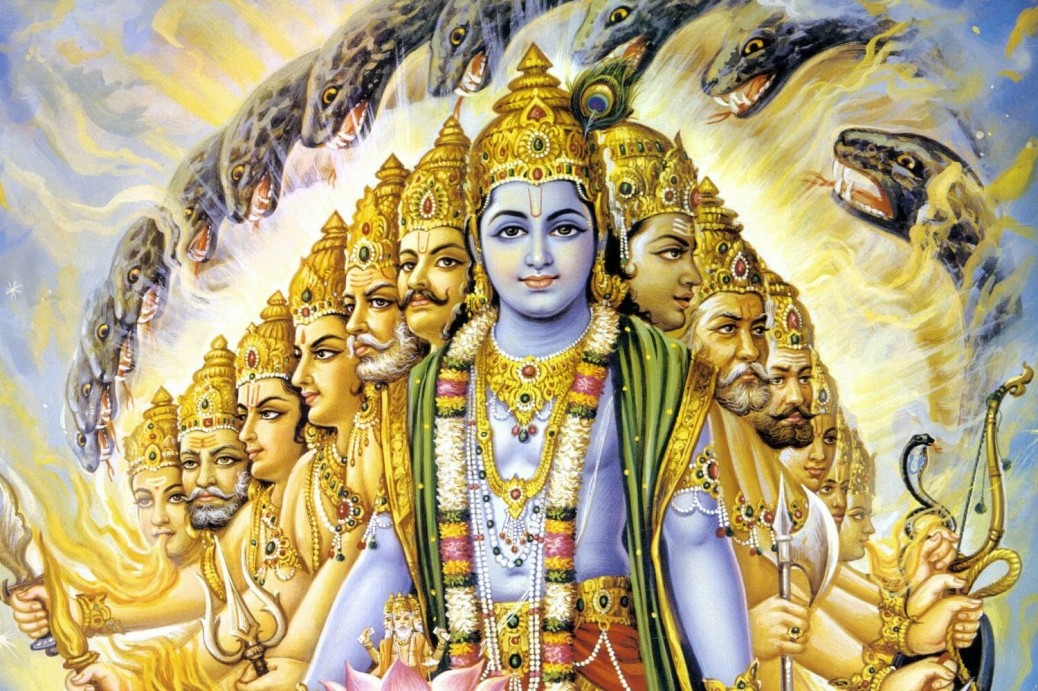Attachment – In Gita Verse 2.56 One who is not disturbed in mind even amidst the threefold miseries or elated when there is happiness, and who is free from attachment, fear and anger, is called a sage of steady mind.
The Bhagavad Gita, Verse 2.56, articulates that an individual whose mind remains undisturbed amidst the threefold miseries, who does not become elated during moments of happiness, and who is free from attachment, fear, and anger, is regarded as a sage of steady mind.
Krishna elucidates that upon attaining Pure Consciousness, one transcends the mind and becomes pure transcendental consciousness. In the midst of present circumstances and mind-made miseries, there exists a state of happiness and bliss. This state will not make you hyper or anxious but will allow you to take action from your wholeness and universal self, which is not separate. Separation is a construct of the mind and ego.
A sage whose mind remains stable even while suffering from afflictions such as fever, who has no desire for pleasant things, and who is devoid of fear and anger, is referred to as Sthityadhi. Arjuna inquires about the characteristics of such an individual. The verse elucidates that one who does not become upset when sorrow arises and does not yearn for happiness is the one whose wisdom has become stable.
The pursuit of happiness frequently leads to anxiety when faced with sorrow. This is because the desire for happiness creates a vulnerability to the inevitable presence of sorrow. If one can transcend the desire for happiness, sorrow loses its power to disturb the mind. It is essential to recognise that sorrow often masquerades as happiness, and those who chase after happiness must be prepared for the inevitable thorns of sorrow that accompany it. By understanding this duality, one can appreciate that happiness and sorrow are intrinsically linked, much like two sides of the same coin.
Happiness can often be an illusion, while sorrow presents itself as a stark reality. Similar to a fish lured by the flour on a hook, we are frequently deceived by the allure of happiness, which can ultimately become a source of sorrow. Excessive happiness can be as overwhelming as sorrow, if not more so, as it may induce a state of excitement that the mind and body are ill-prepared to manage. This imbalance can lead to further distress and instability.
The verse emphasises that a person who does not get disturbed by sorrow and does not aspire for happiness is in a state of samadhi, a state of meditative consciousness. This state is characterised by the absence of anger and fear. It is important to note that achieving samadhi leads to the absence of anger and fear, not the other way around. Suppressing anger and fear does not lead to samadhi; rather, attaining samadhi naturally eliminates these emotions.
The mind is a product of societal conditioning, whereas consciousness is inherent and pure. Meditation is a struggle against the mind, aiming to reach a state of no-mind, where pure consciousness prevails. This state is free from societal conditioning and attachments.
Attachment often leads to pain and suffering, as we tend to internalise possessions and relationships. When access to these sources of pleasure is taken away, we suffer. By seeing everything as a whole and not in a compartmentalised manner, one can transcend pain and remain unattached.
In Bhagavad Gita Verse 2.52, By liberating oneself from the chains of attachment, individuals can achieve inner clarity and liberation. This metamorphosis entails a shift in consciousness, transcending the dualistic notions of ownership to grasp the interconnectedness and unity of all.
In the context of the Bhagavad Gita, Arjuna is advised to be total in his role towards the war, without attachment or fear, embodying the qualities of a sage of steady mind.
Tags: Attachment




